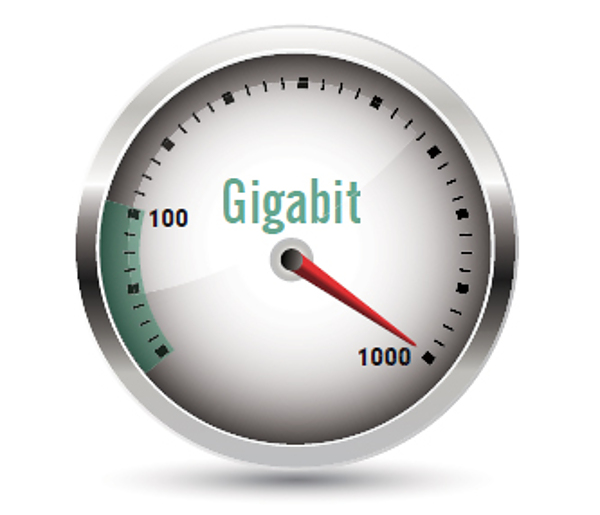Google has done a good job of avoiding the discussion of the effects of the equipment in their and other networks have on quality of experience. They discuss what happens outside their network and imply that buffering problems are caused by the content providers, other service providers, and inadequate peering arrangements. I agree that all of those components are potential culprits for the dreaded “buffering” message, but Google neglects to mention that network equipment, in and out of the Google network, contain buffers.
Those buffers fill and empty as packets transit through them. When they are flooded with video traffic they fill to capacity and other traffic has to wait until the queue is not full anymore before it can start accepting packets again. It is this effect that “slows” down packets on the network the most. Network operators can either make the queues very large or they can choose to set up multiple queues to manage packets based on parameters such as traffic type. This is where the issue of packet prioritization comes in.
Google is implying that since most of the problems with buffering happen outside their network, content caching in their network will solve the problem for Google Fiber. It will certainly help but there are still multiple network elements between the caching servers and the customer that have queues that can become bogged down. Proper traffic management will reduce the latency and jitter of those time-sensitive services to ensure a quality experience for all traffic types. I truly wish that the people at Google Fiber would have discussed this aspect as well, but it would fly in the face of the other part of Google that is against paid peering and prioritization.

Google Fiber Logo
By Todd R. Weiss | Posted 2014-05-27
Google says it is working more closely with content providers to make service as efficient as possible, including allowing content providers to install their networking gear in Google facilities.
Google Fiber wants users to know that it is continuously working hard to ensure that its customers are getting the best service possible, making constant adjustments and configuring to keep bothersome video buffering to a minimum.
Continue reading










